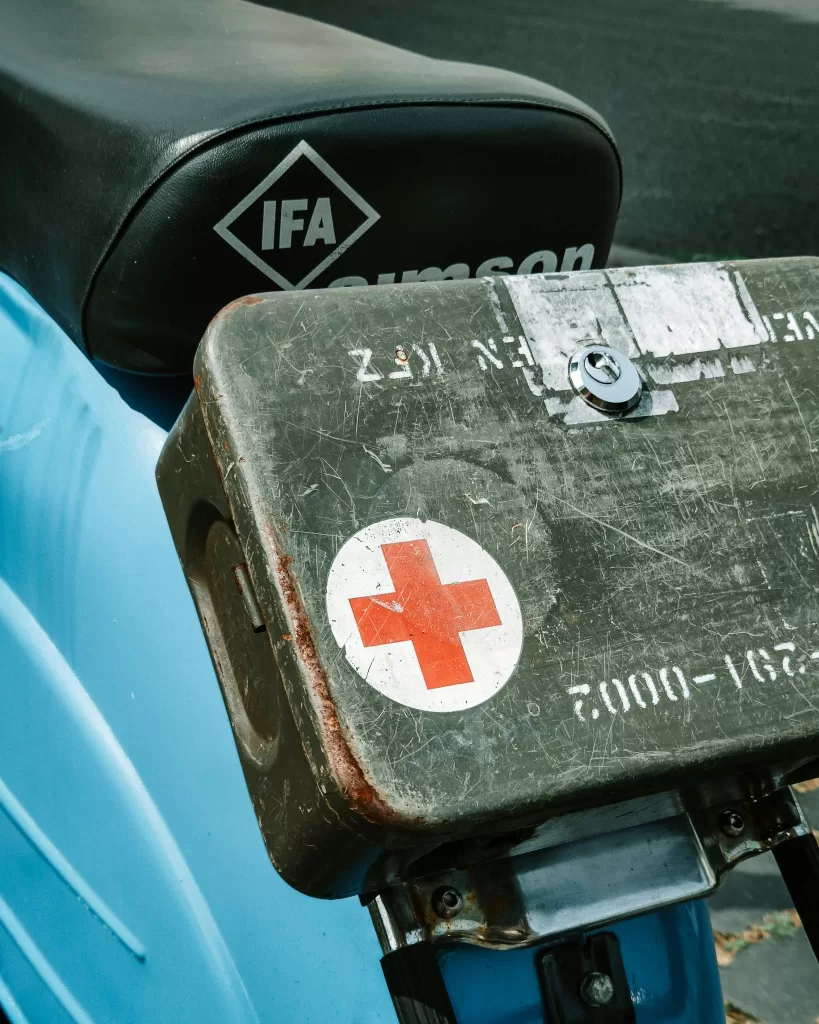Are you someone who feels the call of the wild? Do you crave the scent of pine trees, the sound of a crackling campfire, or the thrill of a challenging hike? If the great outdoors is your playground, then it’s time to talk about a skill that could mean the difference between a minor mishap and a major crisis: wilderness first aid.
Pamela and Tim, the intrepid duo behind supergoodcamping.com, are passionate advocates for the importance of first aid training for anyone who loves outdoor adventures. They’re not just talking about your run-of-the-mill bandage application; we’re delving into the life-saving techniques that can help you when you’re miles away from the nearest hospital.
Basic First Aid and CPR: Just the Beginning
The first step in your journey to becoming a wilderness medic is mastering basic first aid and CPR. This knowledge is invaluable, but Pamela and Tim remind us that taking the course once and calling it a day is not enough. Regular recertification ensures that you’re current on the latest techniques and ready to respond when emergencies arise.
Advanced Training: When Basic Isn’t Enough
Advanced training becomes essential for those who venture into more remote areas. Courses such as remote first aid, wilderness first aid, and wilderness first responder are intensive, ranging from 20 to 80 hours, and typically start around $250. But what do these programs cover? You’ll learn about:
- Planning and assessment for outdoor emergencies
- Managing circulation emergencies and performing CPR
- Correct usage of an Automated External Defibrillator (AED)
- Handling breathing emergencies and wound care
- Addressing environmental injuries from exposure to heat or cold
Tailored for the Wilderness
Unlike standard first aid courses, these advanced programs are specifically designed for the unique challenges of the backcountry. You’ll gain expertise in:
- Group health and leadership skills
- Rescue breathing and safe helmet removal
- Spinal precautions and handling potential back or neck injuries
- Fracture realignment and dislocation relocation
- Extended nighttime first aid scenarios, when visibility and conditions are at their worst
Beyond medical skills, these courses often include survival techniques such as knot-tying, fire building, bleeding control, and communication strategies like signalling for help.
Not Just for Enthusiasts
While these skills are vital for campers and hikers, they’re also critical for professionals like paramedics, ski patrols, and search and rescue teams who work in isolated environments.
Local Training Opportunities
If you’re in the Greater Toronto Area (GTA) and eager to embark on this life-saving educational journey, you’re in luck. Basic courses are available right in Toronto, with more specialized training offered in nearby regions such as Bowmanville, Pickering, Vaughan, and Milton. For those a bit further north, outfitters in areas like Opeongo and Algonquin are ready to help you source the courses that you need.
Connect and Learn More
Ready to take the next step? You can reach out for more information via social media and email. Plus, don’t miss the opportunity to dive deeper into wilderness first aid at the Toronto Outdoor Adventure Show. It’s the perfect venue to start or continue your education.
Be Prepared for the Unpredictable
Remember, the unpredictable nature of accidents in the wilderness demands preparation. With the right training, you’ll not only protect yourself but also be able to care for others, manage emergencies, and make informed decisions until help arrives.
Join Pamela and Tim from supergoodcamping.com in promoting the value of wilderness first aid. Equip yourself with these essential skills and confidently head into the great outdoors. Your adventure awaits, and now you’ll be ready for whatever comes your way.
Listen to the episode here or wherever you get your podcasts. It’s called Survive and Thrive: Mastering Wilderness First Aid for the Great Outdoors.

